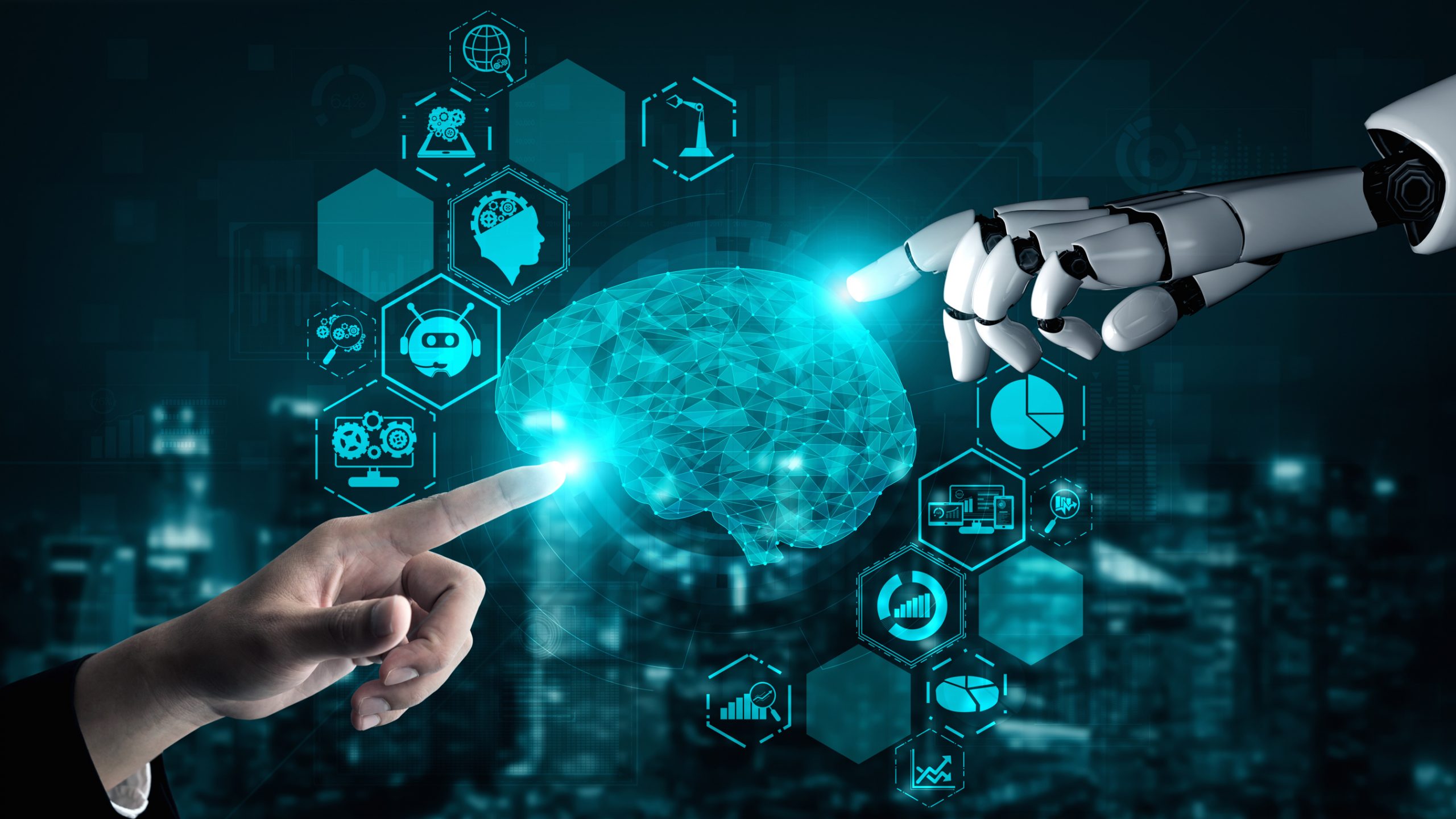Index Surge: Amplifying Your Insights
Stay updated with the latest trends and news across various industries.
AI: The New Creativity Contender
Discover how AI is revolutionizing creativity and challenging human artists. Uncover the future of innovation in our latest blog!
How AI is Revolutionizing the Creative Landscape
AI is transforming the creative landscape in unprecedented ways, enabling artists, writers, and designers to push the boundaries of their craft. With tools powered by artificial intelligence, creators can now generate ideas, enhance their work, and collaborate with technology like never before. For instance, AI algorithms analyze vast amounts of data to identify trends, providing artists with insights that drive innovation. This fusion of human creativity and machine intelligence not only streamlines the creative process but also stretches the imagination, leading to novel forms of expression that were once thought impossible.
The impact of AI on creativity is evident across various domains, including music, visual arts, and literature. Tools such as AI-driven music composition software allow composers to experiment with new sounds and styles effortlessly, while design platforms utilize machine learning to generate unique patterns and aesthetics. Furthermore, AI is even assisting authors by providing suggestions for plot development and character arcs, thus enhancing the storytelling process. As we move forward, the integration of AI in the creative landscape promises not only to augment human ability but also to redefine what it means to create.

Can AI Outperform Human Creativity? Exploring the Controversy
The debate surrounding whether AI can outperform human creativity has entered mainstream discussions, raising questions about the nature of creativity itself. While humans have long been revered for their unique ability to create art, music, and literature, the advent of advanced AI systems capable of generating similar outputs has sparked controversy. Critics argue that although AI can produce aesthetically pleasing works, it lacks the authentic emotional depth and personal experiences that characterize human creativity. Furthermore, creative processes often involve intuition, spontaneity, and subjective interpretation, qualities that many believe are inherently human.
On the other hand, proponents of AI argue that these technologies are not merely tools but collaborative partners that can enhance human creativity. By analyzing vast datasets and identifying patterns, AI can inspire new ideas and approaches, pushing creative boundaries in ways that humans alone may not have considered. Examples of successful AI collaborations in art and music illustrate that when humans and machines work together, the result can be a unique blend of technical precision and emotional resonance. This raises an important question: rather than seeing AI as a replacement for human creativity, should we view it as a complement that challenges and expands our creative possibilities?
The Future of Art: Will AI Become the New Creative Genius?
The intersection of technology and creativity has reached new heights with the advent of artificial intelligence (AI), prompting many to wonder about the future of art. As machine learning algorithms become increasingly sophisticated, AI is now capable of producing paintings, music, and even literature that rival the works of human artists. With each AI-generated masterpiece, we are forced to reconsider what it means to be a creative genius. Can a machine truly embody the essence of creativity, or is it merely a reflection of the data it has been trained on?
As we peer into the future of art, it becomes clear that AI could play a pivotal role in redefining artistic boundaries. The potential for collaboration between human artists and AI presents exciting possibilities:
- Enhancing artistic expression by providing new tools and techniques.
- Enabling artists to experiment with styles and concepts that may have seemed out of reach.
- Challenging the traditional notions of authorship and originality.